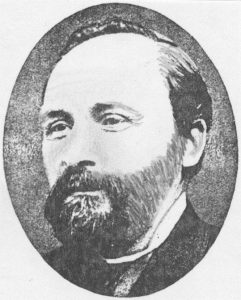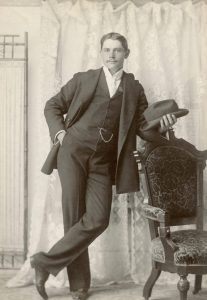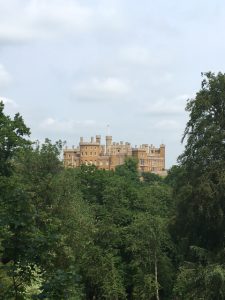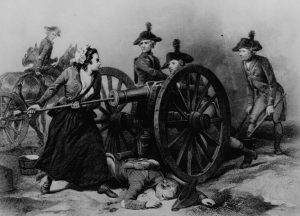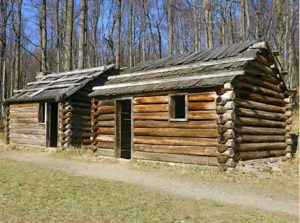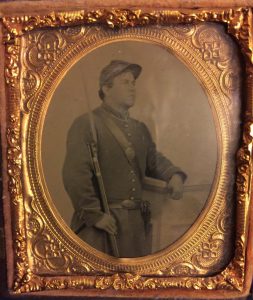
I have questioned published history my whole life, and have sought out the stories from the documents or in some cases the source. I was the obnoxious eight-year-old kid who went to Plimouth Plantation and posed my questions to the re-enactor John Alden. I did not ask standard questions like the rest of my class: “What do you do for work?” or “How do you survive without television?” I inquired of Mr. Alden who his parents were and where he was born exactly. The evil look I received back from the modern Mr. Alden was almost as bad as the glare from my second grade teacher before she grabbed me and led me out of the Alden home. Continue reading Re-enacting history
